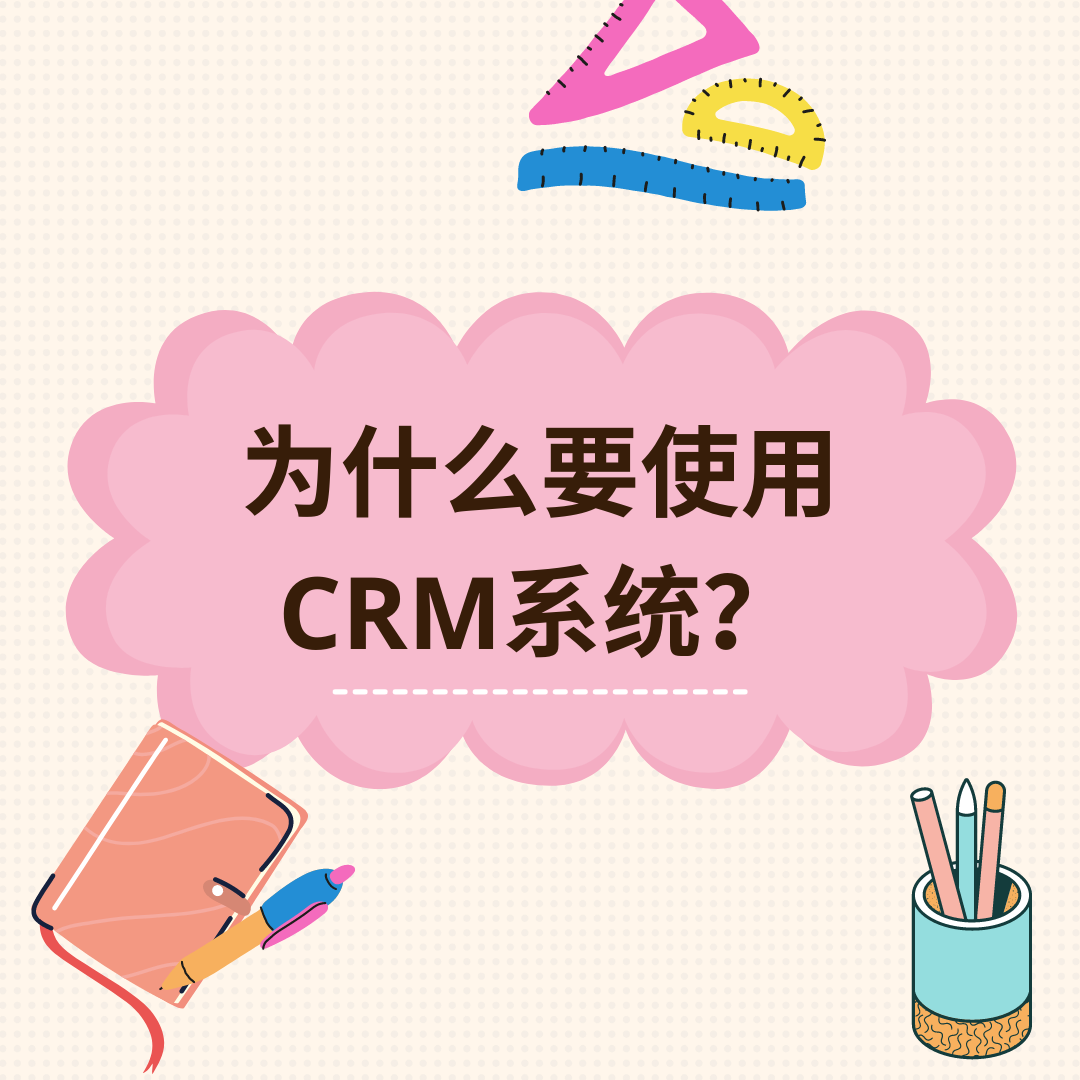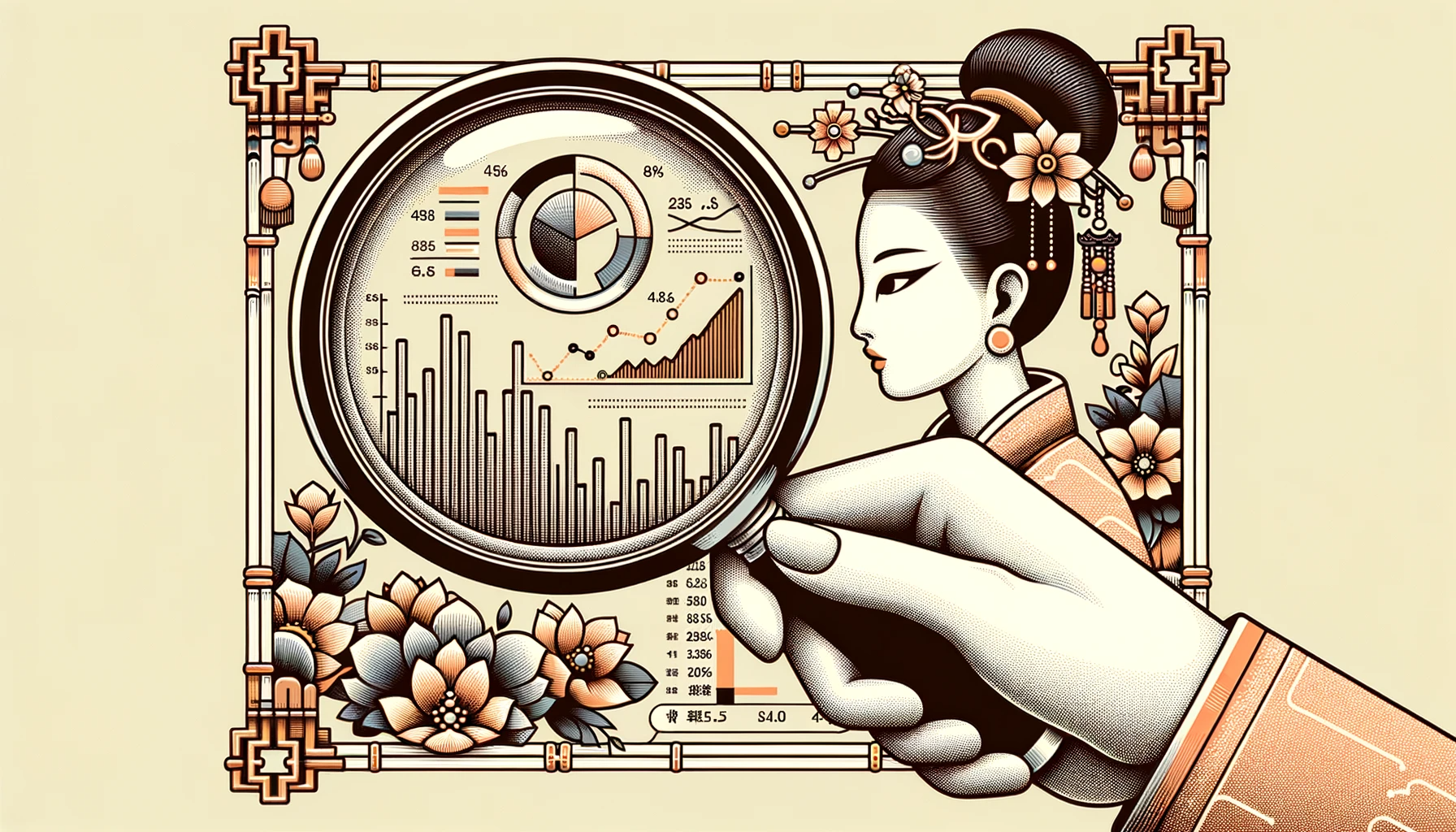
Why use a CRM system?
If you think a CRM customer management system is an affordable tool for medium and large enterprises, then you are out. The CRM system has been available for more than 20 years. There are countless types of systems on the market, and many small businesses can afford the cost of the system. Why should a business use a CRM system? What are the benefits of CRM? The following four points may give you the answer.
1. Establish a corporate database
The post-90s and post-00s have become the backbone of market sales. One of the characteristics of this group is the high turnover rate. How to prevent salespeople from leaving and taking customers away? How to avoid the resignation of business personnel and the failure of customers to follow up? CRM system can effectively solve this problem.
Using CRM to open an account for each salesperson, companies don\'t have to worry about staff turnover. Customer resources are centrally stored in the CRM. Sales staff leave their accounts to recover their accounts and assign them to other sales. Customer follow-up is not affected at all.
2. Prevent rushing orders and bumping into orders
Internal struggle is something that every company is unwilling to see. Only by creating a fair and reasonable natural environment for internal market competition can internal problems of intentional order taking and order bumping be avoided. Whether it is customer duplicate checking or customer allocation rules, the CRM system can be implemented efficiently, reducing enterprise management costs.
3. Create an automated workflow
In daily work, there are many tasks that can be automated, such as expense reimbursement procedures, order processes, customer support and customer follow-up, etc. CRM systems can automate workflow, which not only improves the efficiency qualitatively, but also saves a lot of business personnel. Time to focus on your own work.
4. Data visualization
Through the data analysis function of the CRM system, it is possible to conduct in-depth analysis of sales-related data. Whether it is leads, customers or sales performance, it can be presented intuitively through reports and charts. The business status of the enterprise is clear at a glance. Visualize data to quickly identify problems and make decisions.
Which customer groups have higher intentions, which sales efforts are more effective, and which products are more popular with customers can all be answered through data analysis.






